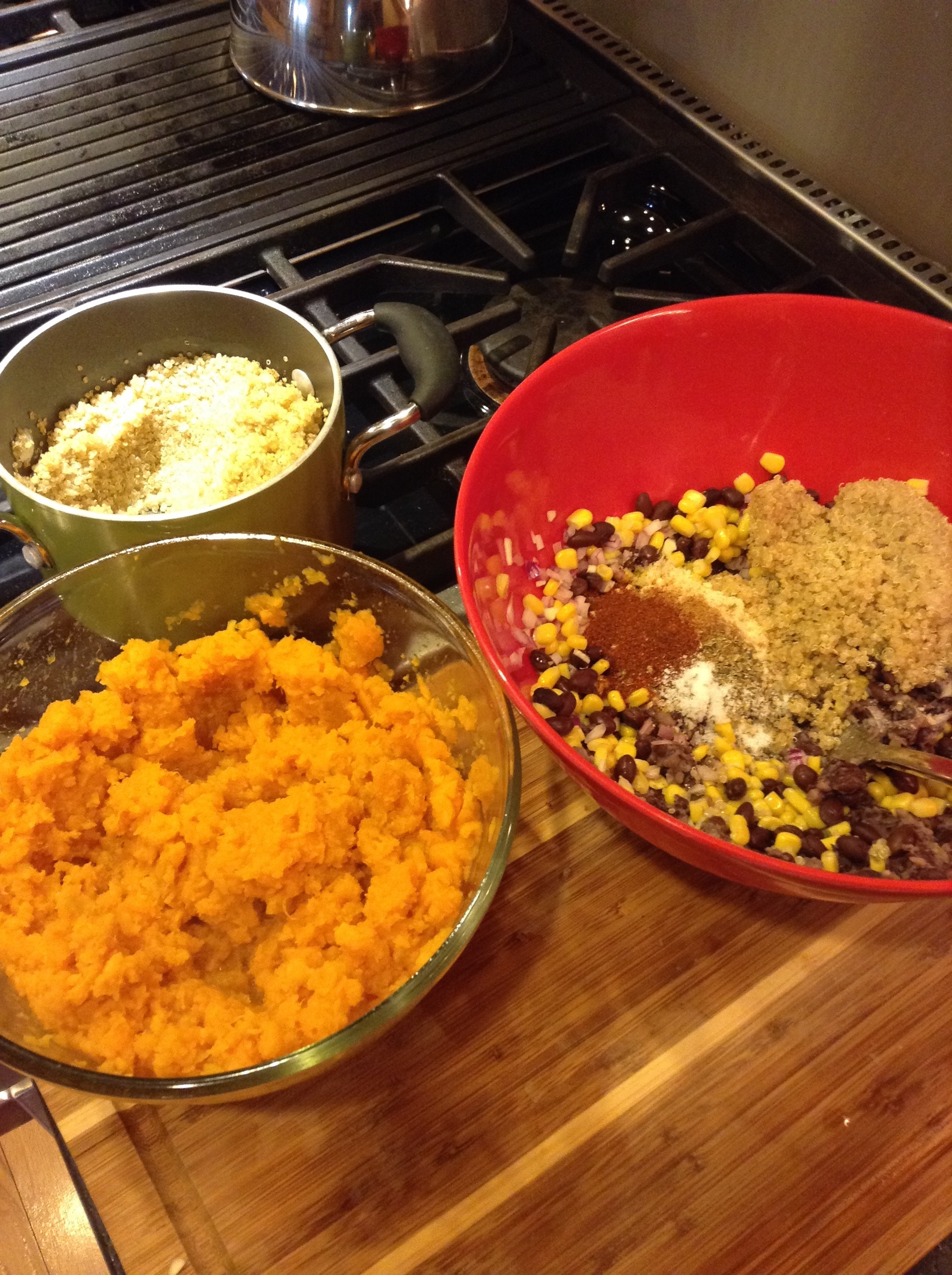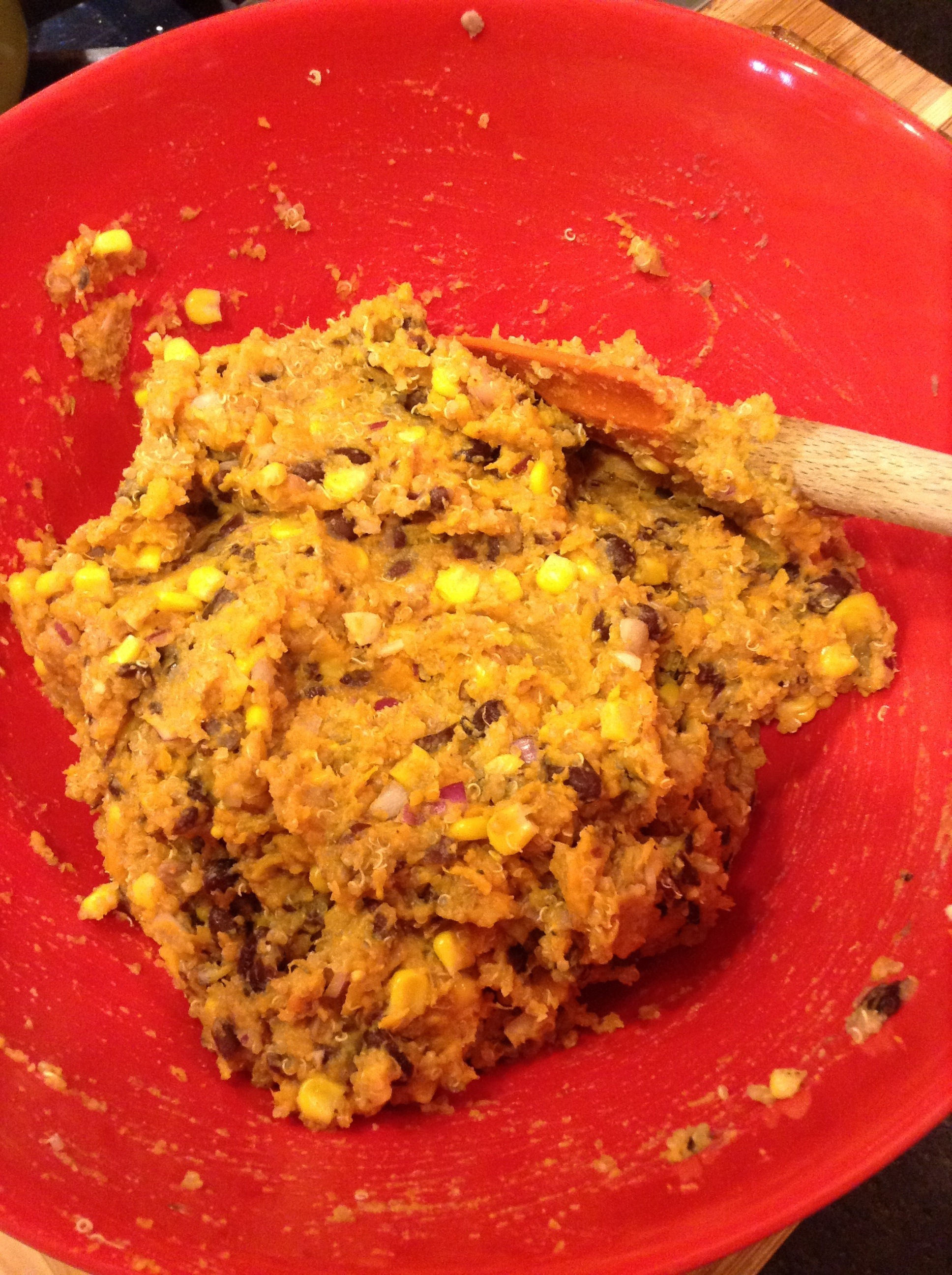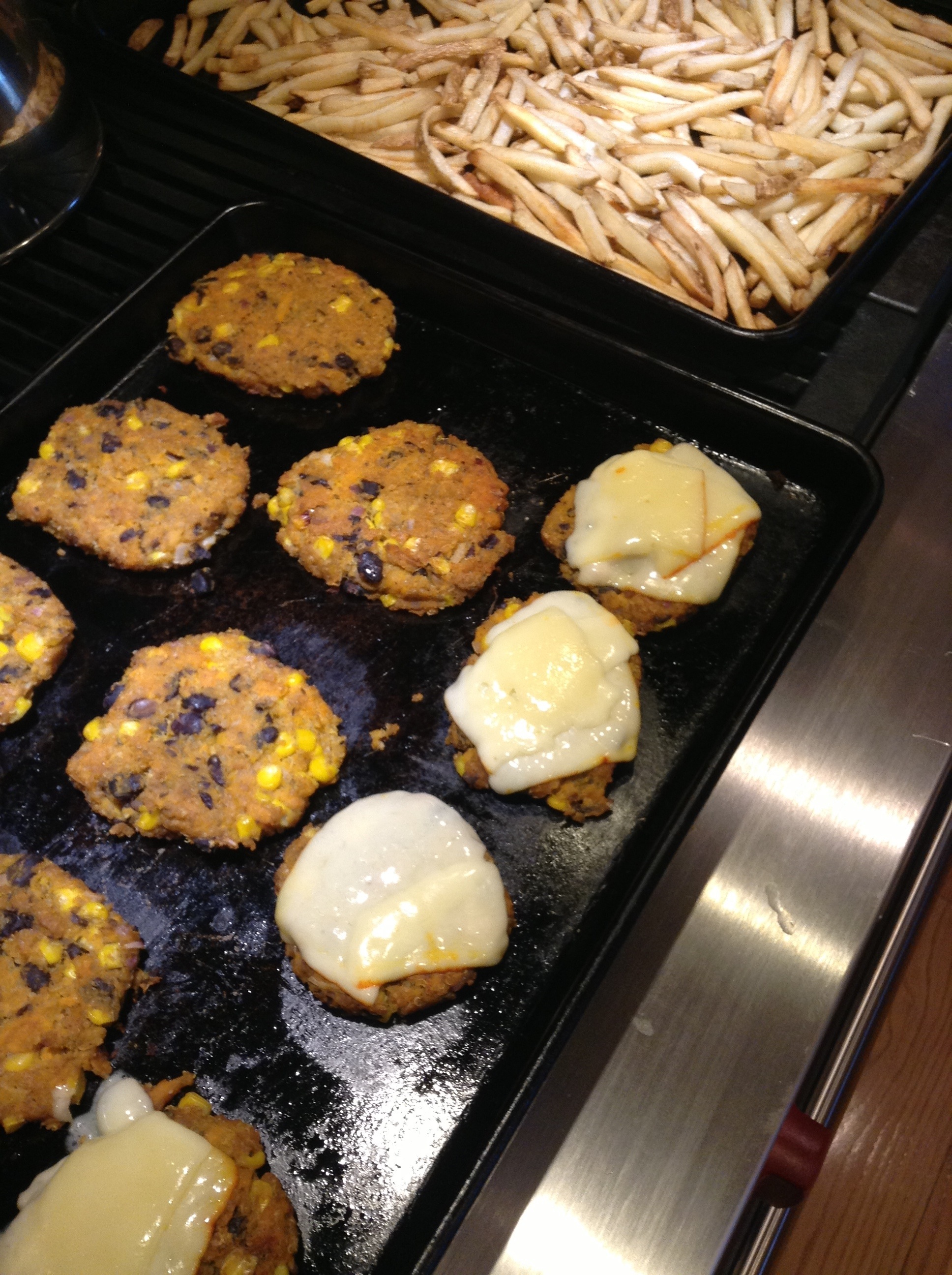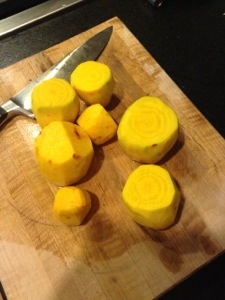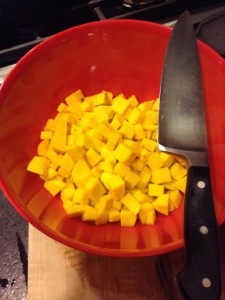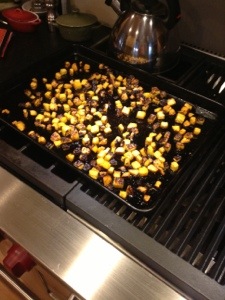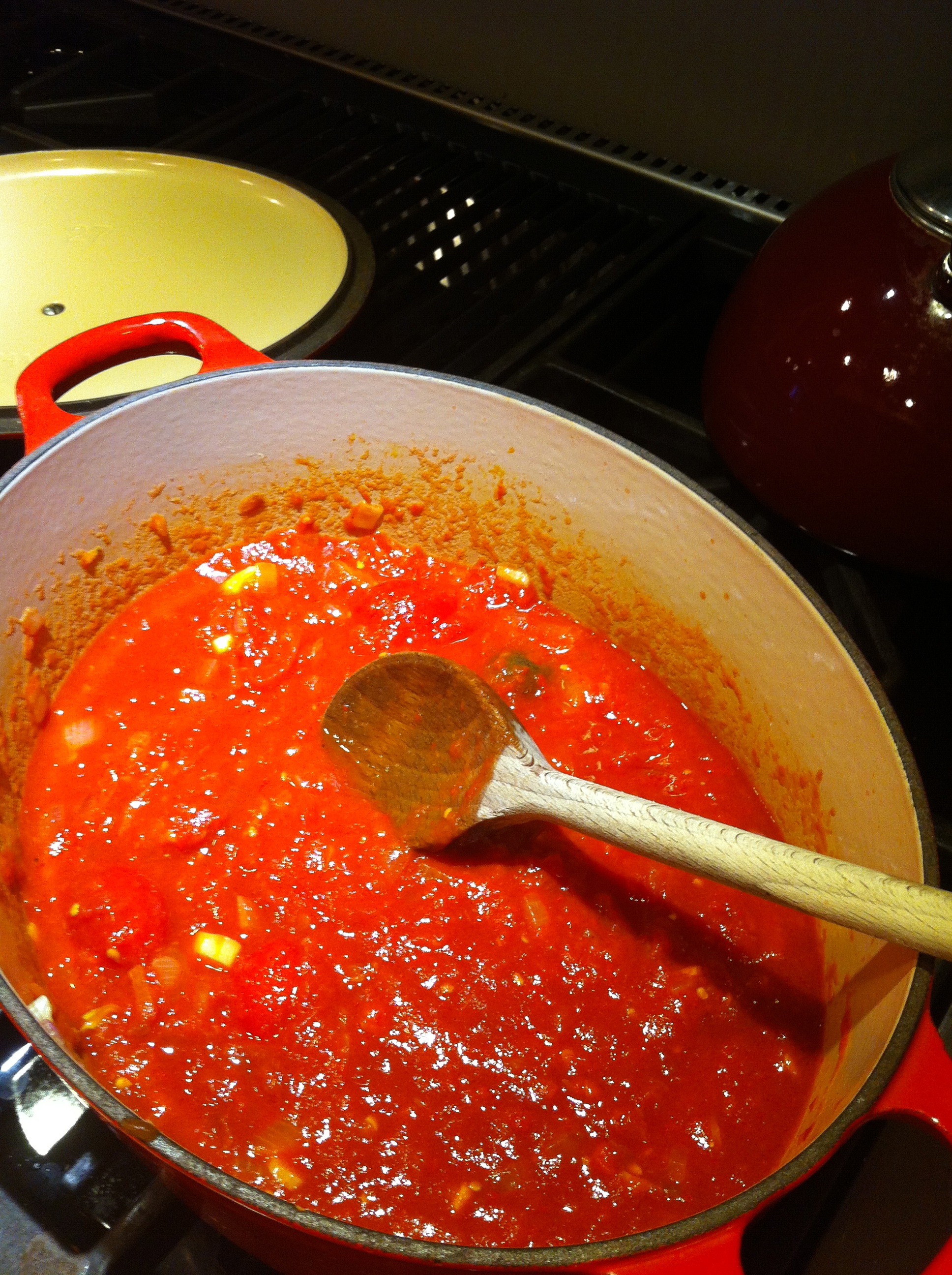I made Italian Dinner 101 the other night. You know what I mean: pasta (whatever you have), sauce (homemade, bottled, with or without meatballs), garlic bread (mandatory) and salad (optional). It's a no-brainer, you can make it in your sleep, yet it's a meal that for so many of us is laden with context and dripping with meaning and memory. This is often your maiden voyage in the kitchen, the meal you cut your teeth on as an adult cook, the Sure Thing whipped up for first dates at your first apartment. ID101 is the stuff young dinner parties are made of.
For me, ID101 will always conjure up a summer evening of 1983. I was fifteen, my parents were away somewhere, and my brother, his friend Jim, and Jim's girlfriend Anna were making spaghetti. There they were, these three adults, and I laugh writing that because they seemed unequivocally adult to me, but their average age couldn't have been more than 20. With blithe, chatty confidence they were in my mother's kitchen, putting water on to boil, chopping onions and garlic, concocting sauce, slathering Italian bread with butter and garlic powder and wrapping it in foil to put in the oven, washing lettuce for a salad. They were making dinner. They were having a party.
And I was invited.
To me, this was not only the coolest thing ever, but it became all I wanted to do someday: have a few friends over and make a pasta dinner on a summer night. I remember tearing apart my dresser and closet because Anna had on a sundress, Jim was wearing aftershave, and my brother was in the shower: clearly, this was an occasion. I'd been let behind the velvet rope and I wanted to look nice. What I came up with probably involved a peasant skirt, and definitely there was a lot of mousse and eyeliner and drugstore perfume, but I walked into the kitchen as Anna was breaking a fistful of spaghetti into the pot, and she glanced at me. Thirty years later I can still see her at the stove and hear the way she said, "Oh don't you look nice?"
She asked if I could find candles for the table and light them. I scurried off. There was no salad dressing but have no fear, Little Sister is here: my Mom had taught me to make dressing when I was like six, so I got out the cruet and the vinegar, mustard, dried oregano, worcestershire and oil, and the salad was dressed. When Anna needed a bread knife, a colander, a grater for the cheese, I reached into drawers and cabinets to procure immediately. When Jim couldn't find the corkscrew, I knew where it was. When my brother came out with two shirts and asked "This one? Or that one?" I said that one and Anna nodded, yes, definitely that one. Jim said, "We need music," and I fetched my tape deck from my room and tuned it to the radio.
There was no A/C in our house in that day, the boiling water and the heated oven made the little kitchen into a sauna. We opened windows and sliding doors and turned on fans. The cat got underfoot. Anna and Jim canoodled and I amended my visions of the future to include a boyfriend, preferably one who could cook, but I'd settle for one who'd kiss my neck while I was cooking and I'd playfully shoo him out of the way as Anna was doing. Exactly the way Anna was doing, that was going to be me someday.
Finally, we sat down at our round dining room table to feast. Anna sat in my mother's usual place, plating up and passing. Jim poured wine, including some for me. I took a sip and it was awful, but I would've sooner died than go get myself a 7-Up. Jim held up his glass and made a toast and I clinked mine with theirs. I sat in candlelight, in the company of the elect, eating and talking and included. I was perfectly happy. I needed nothing more, except to grow up and be this, do this, have this. It was one of the top five dinners of my life.





